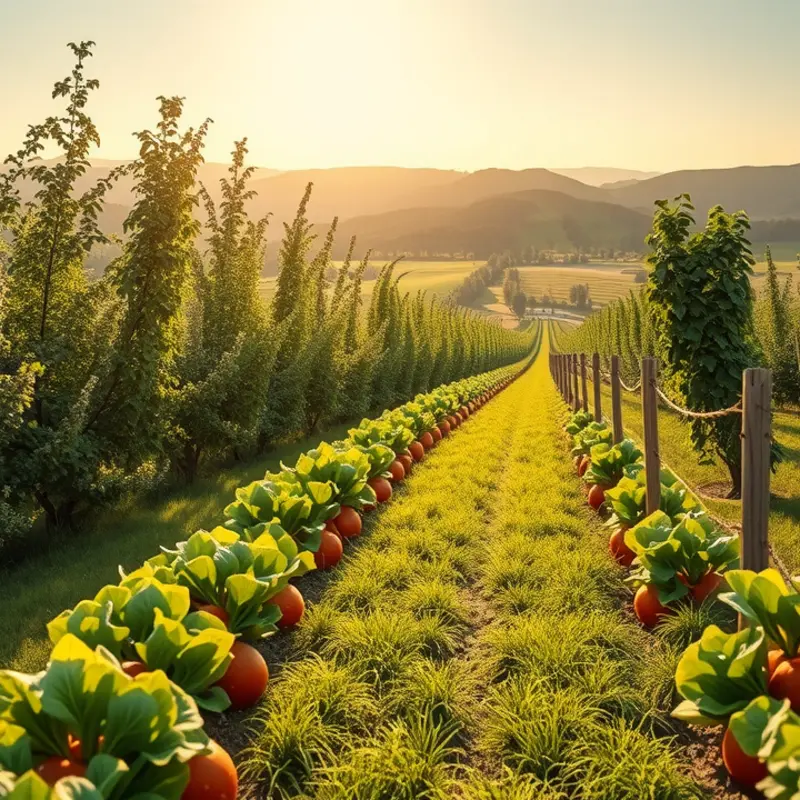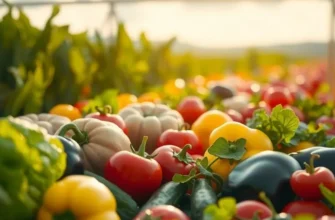Quinoa, renowned for its nutritional benefits and versatility, is a staple in many kitchens. Whether you’re a beginner or an experienced cook, mastering simple cooking methods can elevate your culinary game. This guide provides easy steps to prepare quinoa in a way that enhances its flavor and texture, making it an exciting addition to any dish. Let’s explore different techniques that will inspire confidence and creativity in your cooking.
Perfectly Ready: Boiling Quinoa

Boiling quinoa may seem straightforward, but mastering the process ensures you consistently achieve light, fluffy grains. The magic begins with getting the right water-to-quinoa ratio. The recommended ratio is 2:1, meaning two cups of water for every cup of quinoa. This proportion allows the grain to absorb enough liquid without becoming mushy.
Before embarking on the boiling process, it’s essential to rinse the quinoa thoroughly. Rinsing removes saponin, a naturally occurring compound that coats the seeds, giving them a bitter taste. Place the quinoa in a fine-mesh strainer and rinse it under cold water for about thirty seconds until the water runs clear. This step might seem minor but it’s crucial for enhancing quinoa’s natural nuttiness.
Once rinsed, it’s time to think about flavor. Adding a pinch of salt or a splash of olive oil to the boiling water will infuse the quinoa with a subtle richness. If you’re seeking bolder flavor, consider using broth instead of water. Vegetable or chicken broth amplifies the taste profile of the cooked quinoa. Another option is incorporating aromatic elements such as bay leaves or crushed garlic cloves during cooking, which can elevate the dish beyond plain quinoa.
Bring the quinoa and liquid to a rolling boil over high heat in a medium saucepan. Once boiling, reduce the heat to low and cover the pot with a tight-fitting lid. Allow the quinoa to simmer gently for about 15 minutes. Avoid lifting the lid during this step; maintaining a consistent temperature is key to even cooking. After 15 minutes, remove the lid to see if the liquid is fully absorbed. If not, continue cooking for an additional 2-3 minutes.
Once the liquid is absorbed, remove the saucepan from the heat and let it sit, covered, for five minutes. This final resting phase enables the grains to firm up and separate, ensuring the ideal texture. Use a fork to fluff the quinoa gently after resting. Fluffing helps separate the grains, making them more inviting on the plate.
Cooking quinoa using this method is highly efficient and straightforward. These grains serve as a versatile base for diverse dishes, whether as a side, part of a salad, or integrated into a main course. For those interested in more sustainable kitchen practices, consider looking into eco-friendly storage solutions to maintain quinoa’s freshness and minimize waste.
Planning ahead and preparing larger batches to use in various meals throughout the week can also align with low-waste cooking philosophies. With these tips, boiling quinoa will become a skillful addition to any home cook’s repertoire, enhancing both flavor and nutrition in everyday meals.
Flavor Infusion: Cooking Quinoa in Broth

Quinoa is a versatile grain that can transform any meal. One effective way to enhance its natural flavor is by cooking it in broth. When done correctly, this technique imbues every grain with a rich, savory taste that elevates your dish to a new level.
To begin, select a quality vegetable or chicken broth. While water is a common choice for cooking quinoa, broth brings depth and complexity that water cannot. Opt for low-sodium varieties to maintain better control over the dish’s salt level. This way, you create a balanced flavor without overpowering other ingredients.
Start by rinsing one cup of quinoa under cold water. This step removes saponins, which can leave a bitter taste. Next, heat two cups of your chosen broth over medium-high heat. Once it reaches a gentle boil, stir in the rinsed quinoa. Reduce the heat to a simmer, cover it, and let it cook for about 15 minutes.
During simmering, the quinoa absorbs the broth’s flavor, taking on its essence. To ensure even absorption, avoid lifting the lid frequently, which lets out steam necessary for cooking. After the grains have absorbed the liquid, remove the pot from the heat and let it stand, covered, for an additional five minutes. This resting period helps quinoa achieve a light, fluffy texture.
Once the quinoa is ready, fluff it with a fork to separate the grains. Taste a small amount to ensure it’s well-seasoned, and adjust with additional herbs or spices as desired. Adding chopped parsley, cilantro, or basil can further enhance the dish’s aroma.
Using leftover broth creatively can further cut down on waste and enhance future meals. Consider using it as a base for soups or stews, or as a cooking liquid for rice or other grains. For more tips on reducing kitchen waste, check out low waste cooking.
When storing quinoa cooked in broth, keep it in an airtight container in the refrigerator. It should last up to a week and remain as flavorful as the day it was made. Use it to add a nutritious, filling component to salads or as a side dish.
Cooking quinoa in broth is a straightforward way to enhance its flavor without added complexity. This method not only improves the taste but also maximizes the use of broth, making it a smart and sustainable choice. With this technique in your culinary toolkit, enjoyable and flavorful meals are always within reach.
Final words
Cooking quinoa doesn’t have to be overwhelming. By mastering basic methods such as boiling and using broth, you set the foundation for endless creativity in the kitchen. Enjoy the adaptability of quinoa in salads, bowls, or as a side dish—its ability to absorb flavors makes it a favorite among culinary enthusiasts. Embrace these techniques and feel proud of your new skill. With practice, reassurance, and these straightforward methods, you’ll be able to prepare delicious quinoa dishes that enhance your meals and impress your family and friends.







